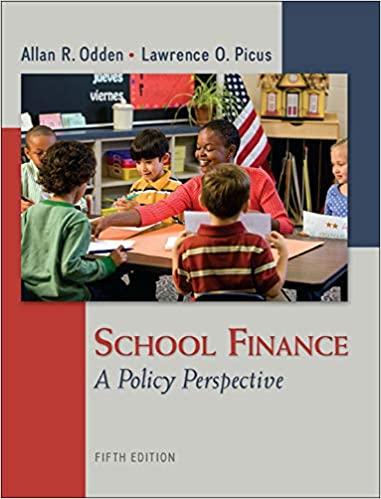Answered step by step
Verified Expert Solution
Question
1 Approved Answer
Neighborhood Insurance sells fire insurance policies to local homeowners. The premium is $ 1 7 0 , the probability of a fire is 0 .
Neighborhood Insurance sells fire insurance policies to local homeowners. The premium is $ the probability of a
fire is and in the event of a fire, the insured damages the payout on the policy will be $
Required:
a Make a table of the two possible payouts on each policy with the probability of each. Negative answers should be
indicated with a minus sign.
Answer is complete and correct.
b Suppose you own the entire firm, and the company issues only one policy. What are the expected value, variance,
and standard deviation of your profit? Do not round intermediate calculations. Round your standard deviation to
the nearest whole number.
Answer is complete and correct.
c Now suppose your company issues two policies. The risk of fire is independent across the two policies. Make a
table of the three possible payouts along with their associated probabilities. Negative answers should be indicated
with a minus sign. Round your "Probability" answers to decimal places.d What are the expected value, variance, and standard deviation of your profit? Do not round intermediate
calculations. Round your standard deviation to the nearest whole number.
e Compare your answers to b and d Did risk pooling increase or decrease the variance of your profit?
Answer is complete and correct.
tableRisk pooling,increased,the total variance of profit.
f Continue to assume the company has issued two policies, but now assume you take on a partner, so that you each
own onehalf of the firm. Make a table of your share of the possible payouts the company may have to make on the
two policies, along with their associated probabilities. Negative answers should be indicated with a minus sign.
Round your "Probability" answers to decimal places.g What are the expected value and variance of your profit?d What are the expected value, variance, and standard deviation of your profit? Do not round intermediate
calculations. Round your standard deviation to the nearest whole number.

Step by Step Solution
There are 3 Steps involved in it
Step: 1

Get Instant Access to Expert-Tailored Solutions
See step-by-step solutions with expert insights and AI powered tools for academic success
Step: 2

Step: 3

Ace Your Homework with AI
Get the answers you need in no time with our AI-driven, step-by-step assistance
Get Started


